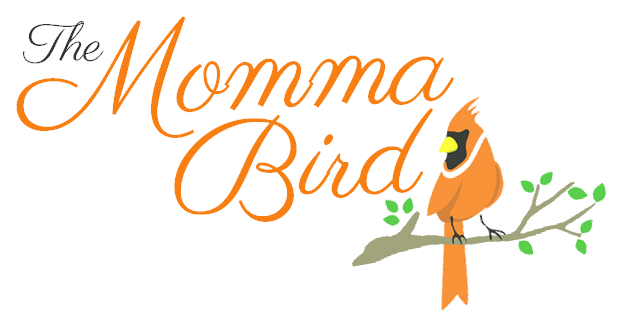
Bringing a new dog home to meet your family is an exciting experience. It’s also one that should be handled with tact. How you introduce a dog and what that experience ultimately becomes is critical. Every pet parent should prioritize a positive introduction to their pet. This takes planning. When done right, chances are your dog will end up pleasant and social with everyone in the house.
If done wrong, your dog may be a bit of a wallflower for a bit. Here is how to introduce a new dog to your family.
1. Prepare Your Home For A New Dog
Ensure the home environment is safe for your dog. Remove hazardous items. Set up a dedicated sleep area with a comfortable bed, a blanket, and some favourite toys. Keep their food and water bowls in a location that is easily accessible.
2. Pick A Quiet Time For Introductions
A new dog introduction should occur during a quiet time. Pick a time that is less busy for your dog’s arrival. In an ideal world, you want your dog to be welcomed in a calm setting rather than an overly celebratory or noisy environment, which could prove too overwhelming.
3. Introduce Your Dog To One Person At A Time
Facilitate introductions in one-on-one settings rather than in group settings. Even a small group of people your dog does not know may make them uncomfortable. Allow them to slowly meet your family as individuals, getting your dog comfortable around each person one at a time.
4. Use Positive Reinforcement
Reward your new dog’s calm, friendly behaviour with the best pet food you have, such as Open Farm dog food. Also, give them praise and attention. Positive reinforcement in the presence of new people will help shape desired behaviours. At all costs, try to avoid punishment, as it can scare or confuse your pet.
5. Talk To Your Family Members
Talk to your family beforehand. Ensure they remain calm during the initial introductions and aren’t overwhelming. A family should be relaxed, and attention should never be overwhelming. Give your dog the power to observe, adjust, and approach at their own pace.
6. Let Your Dog Approach First
When making first-time introductions, let your dog approach the family member first rather than the other way around. Place a treat or piece of their favourite pet food in the family member’s hand and let your new dog come up to them to grab it.
7. Monitor Your Dog’s Body Language
Pay close attention to your dog’s body language. Especially around children, toddlers, and babies, keep a close eye on your new pet. While gentle petting may be welcome to create positive associations, if your dog does not seem ready to accept it, encourage family members to back off.
8. Keep Your Dog On A Leash At First
Your dog should be on a leash during the first introductions. This is in case a dog decides to lunge or attack. Even if your dog is even-tempered and you don’t believe they would harm another human being, a leash is your safety net in case anything happens.
9. What To Watch For In A Dog’s Behavior
An uncomfortable dog will exhibit a tense posture, possibly with bare teeth, growl, bark, or adopt a defensive pose. A comfortable dog is docile, relaxed, or wagging its tail. When a dog is tense, discontinue the meet-and-greet and give your dog time to themselves.
10. Take Your Dog Into Each Room Of Your Home
Let your dog slowly explore one room or area of your home at a time. Keep the exposure gradual and at your pup’s pace. Please do what you can to reduce sensory overload and stay close to provide supervision as they navigate a room.
11. Avoid Overwhelming Your Dog With Too Much
Don’t bombard your dog with too many toys, people, and commands. Let your dog ease into their surroundings and slowly build trust with the family. A gentle, slow approach is best.
12. Introducing Your New Dog To Your Other Pets
If you have existing pets, once again, the initial introduction to your new dog should be brief, controlled, and calm. Cut it short if things take a turn, or avoid it altogether if your dog isn’t ready. Try to use baby gates or leashes at first so that a pet can safely observe the other before any direct contact is made. Keep an eye on body language and separate as needed.
13. Give Your Dog Time To Learn And Trust
A new dog may take several days to adjust to a new home, new rules, new routine, and a new family. Don’t force a relationship. Let your dog approach it at their own pace. They may need some separation to de-stress, learn that they’re in a safe place, and connect with family members.
14. Continue Supervising Your Dog And Family For Some Time
Especially with a new puppy, it’s easy for them to become overexcited, and innocent fun can quickly turn into aggression. Set boundaries for any kids. Continue to supervise interactions between your dog and family for at least the first year.
